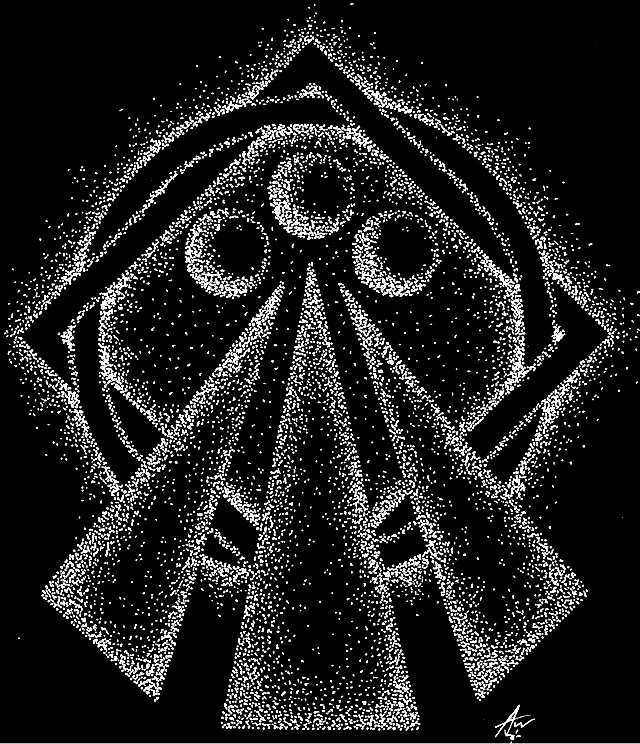The following ruminations on voting are taken from a Facebook conversation I started about UKIP wanting to repeal The Human Rights act 1998.
The post quickly moved onto an exchange between myself and Leithin Cluan, a friend, grove sister and fellow blogger. After agreeing that both UKIP and the Tories suck, Leithin said she would be voting for the Green Party in the general election. I, rather glibly, quoted Canadian author and social activist Naomi Klein,
“Real change will not be delivered within the machinery of the current system….[it’s against their interests]”
Leithin retorted with,
“There is that, but there is also the ‘keeping people alive while we wait for the revolution’ thing…”
Which made me consider and clarify my thoughts on the effectiveness of voting for the Green Party. On the whole I like the ‘Greens’, and if push comes to shove they are the party I’m most likely to vote for. However, I don’t actually believe that they will ever be popular/big enough to get into power (or into the top three possibilities). Which means they will remain a ‘protest’ or ‘pressure’ vote. The trouble with that, is that for it to be effective the people you are protesting to, or trying to pressurise, need to actually care for your opinions…. I answered Leithin with:
“Unfortunately voting green will have no actual effect on that. At best voting green will send a message about how important environmental issues are to some of us. The trouble is, the main parties already know this and will either pay passing lip service to green issues (and then just carry on business as usual) or, more likely, just ignore it altogether as it will inconvenience their corporate paymasters and vested interests.”
Leithin reluctantly agreed, but still insisted that voting is important. But I’m not sure anymore, especially if you take into account Naomi Klein’s argument quoted earlier. So I tried to clarify my position, or lack thereof, with,
“The voting/not voting question, for me personally, is a catch 22 situation.
If I vote green (as I want to) my vote will have no effect on the overall out come of the election or future policies of the main parties (see the post above). If I vote for one of the main parties I may (maybe) have a vague effect on the outcome, however, as there is, to my mind, no real recognisable difference in the main parties (blue conservative, red conservative or the yellow party that’ll hitch it’s wagon to which ever will offer them a sniff of power and be conservative) there is no real point in me trying to influence who gets into power (if you’re offered three turds and you have to pick one you’re still going to end up with a turd). None of them represents my wishes nor do they have any desire to. If I vote I’ll have no actual effect, or at least important effect, on the political outcome and certainly no effect that would actually represent my views or best interests. Also, by voting I validate and perpetuate the delusion that we are operating in a democracy, which we are not. Instead we are placated by being allowed to partake in a pallid imitation of true democracy whilst at the same time being kept away from any true power or control over the systems of power.
However, if I don’t vote I, again, have no actual effect over the political outcome, pallid imitation of democracy or not. I am, in effect still voiceless and powerless within the confines of the overarching political system. And whilst I would like to believe (but can’t) that a “no voting” stance would be regarded as a protest against the prevailing political parties and political climate, I actually recognise that it will be viewed as total voter apathy which will signal to the parties, the career politicians and the establishment, not that they need to change, but that they can get away with more because the public aren’t really interested in monitoring them or calling them to account.
Voting or not voting are both essentially ineffectual . You are effectively powerless and unrepresented either way. Both lead to disillusionment and ultimately disenfranchisement from power and democratic representation within the current system.”
Unfortunately, by this point in the conversation I think Leithin had got bored, given up, wandered off and left me to it…..


You must be logged in to post a comment.